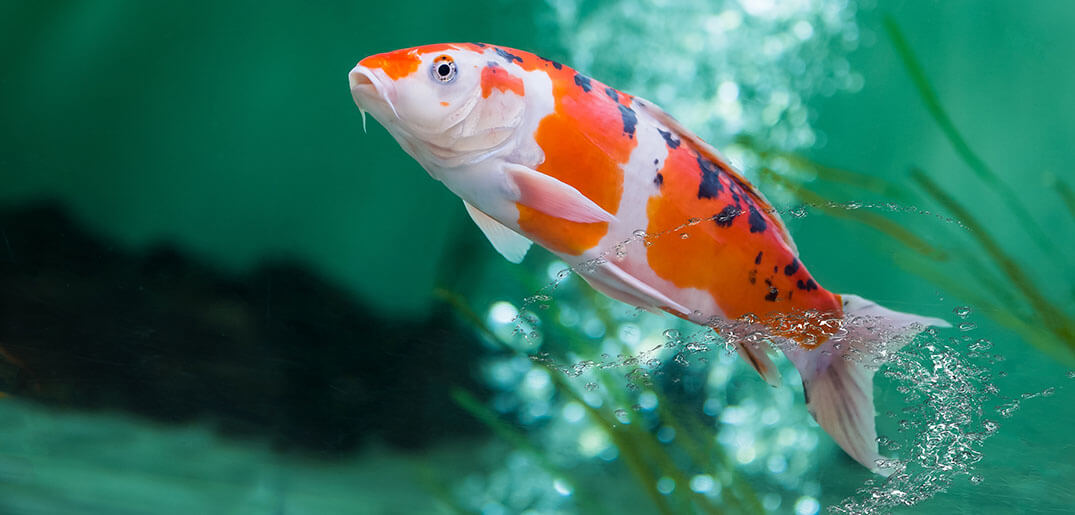Treating injured koi can be a difficult task at best. The good news is that these fish, like other living organisms, have the ability to regenerate, and there are a number of things you can do to speed up and maximize the process.
The Benefits Of Using Stitches
Stiches are one of the best ways to treat koi that have become injured. Although stitching the fins and gluing them can be challenging, by giving the fish an anesthetic the process becomes a lot easier. However, it is important that you keep the stitches perfectly straight, otherwise the fins might grow incorrectly. Once the fish is put under, you will want to dry out the wound, as it becomes easier to manage.
You shouldn’t need lots of stiches, as most injuries can be treated with one or two. Once the fish starts healing growth should occur normally. If the tail has been injured, it is essential to save its top, since the loss of the fish’s top bone could be devastating.
Be Sure To Use Antibiotics
Injured koi should be given antibiotics once every three days following treatment. You should not place them in your main pond with all the other fish during this time, as they need plenty of space and solitude to heal, plus it acts as a quarantine in case they get infected. When handling injured koi that are in the process of healing, use nets sparingly, since they might reopen the wound once the fish’s skin or scales rub up against it. If you have to use a net, larger ones are better.
Inspect the wound every few days to see if it has started healing. Once the wound closes you’ll be able to remove the stitches so nature can do its thing. Depending on the severity of the damage, it might be eight weeks before the fish can be safely returned to the main pond. Koi don’t grow well when injured so it is essential to heal them as soon as possible.
Pay Attention To Water Quality
One of the reasons why injured koi should be isolated from your main pond is because the water quality for a fish that is in the process of healing must be much higher than usual. Any pond full of fish will have varying levels of waste, even if you use an aerator and the correct stocking levels, and if the injured koi remains the chances of them developing a secondary infection is high, which can create a domino effect which compromises the health of the other fish. By isolating the injured fish in a quarantine tank that has exceptionally high water quality and lots of space, you give the fish the time it needs to heal in an environment which is most optimal. The fish’s immune system and regenerative abilities will work at its full potential which will enable the fish to heal as soon as possible.


 Blog
Blog



